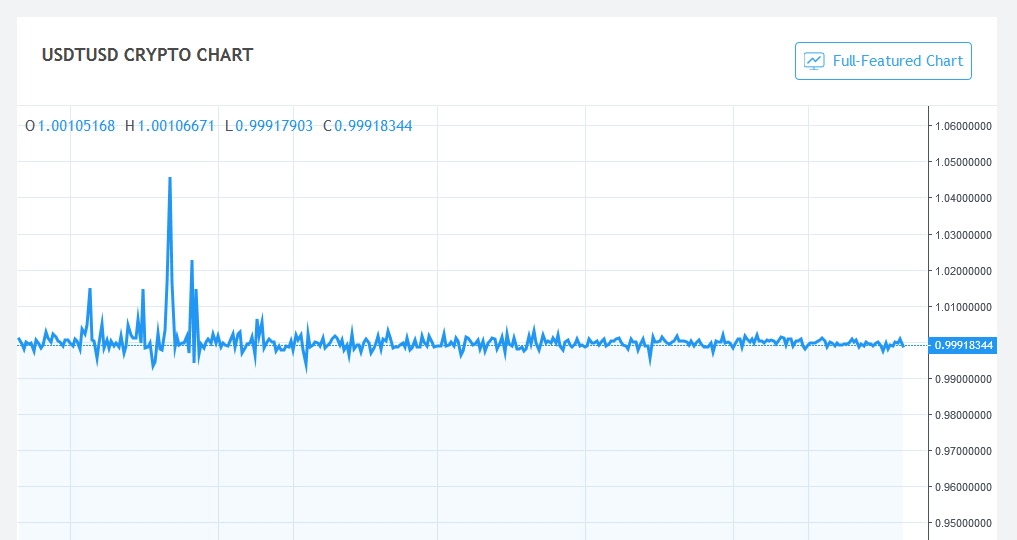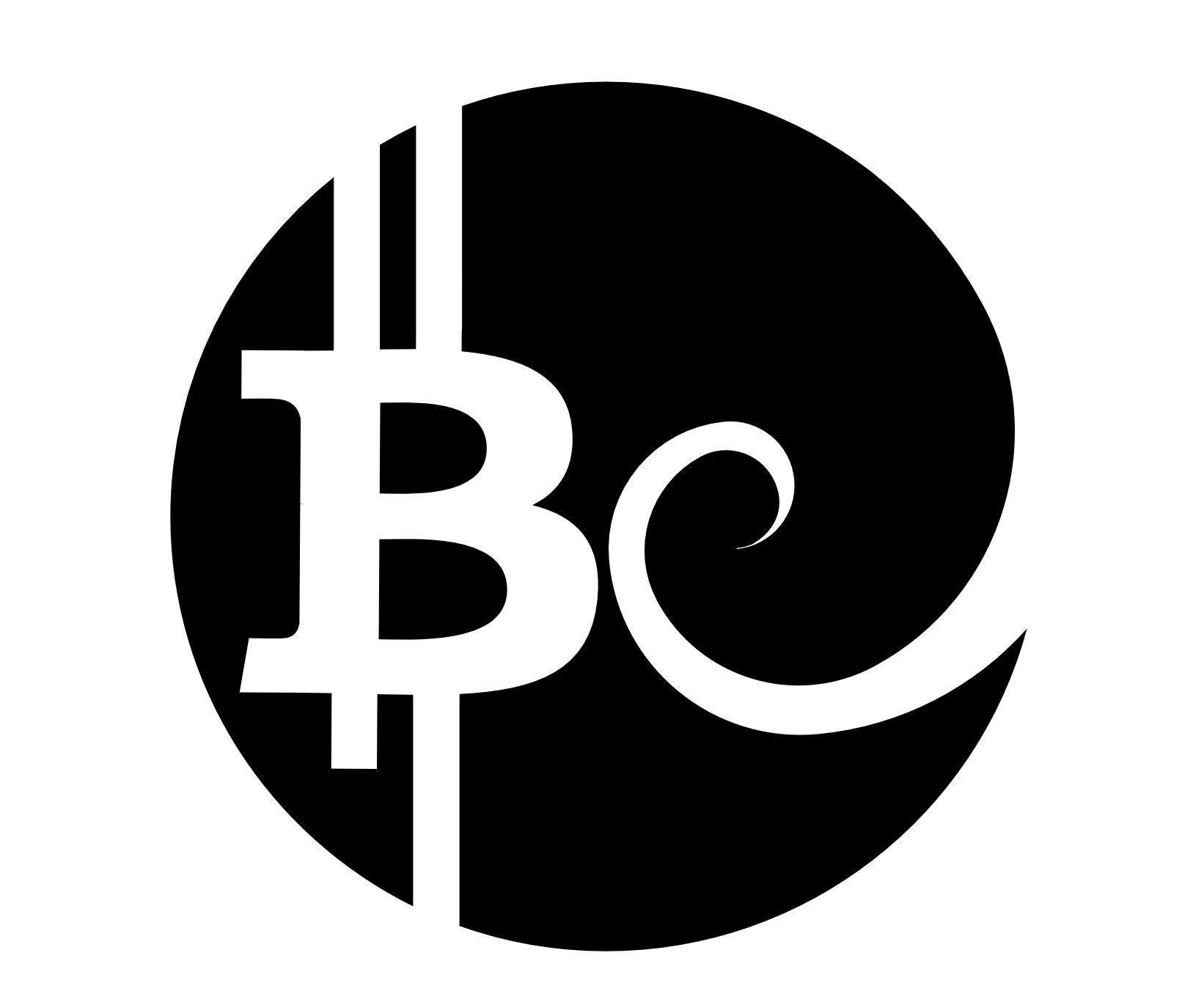How do the tokens trade at the Target Price?
In a traditional hedge fund the value of the fund would be determined by the underlying assets. In the case of a strategy like Bitcoin Enhanced these assets would mean holding Bitcoin and Bitcoin futures. Bitcoin Enhanced does not take this approach because holding underlying assets would expose it to risks inherent in the financial system.
Instead the value of BE tokens depends upon the value that token holders give them when they buy and sell. The tokens are belief-based assets like currencies (crypto and fiat), commodities and property where value is conferred by market participants.
But what incentivises people to buy and sell the tokens at the Target Price that represents the simulated value of the long/short Bitcoin strategy based on the Phi forecasts?
People purchasing the tokens understand their purpose is to trade at the Target Price. This means that people buy because they want to participate in this price. This is the reason why they buy. Therefore the expectation of token holders is that the tokens will trade at this price.
In the case of BE Growth (XBE) there is both the expectation that the token will eventually trade at the Target Price plus the expectation that the value will grow from its discounted value to that price.
In short holding the tokens at or close to the target price is based on the expectations of token holders – it is the rationale behind holding the token in the first place.
The “stablecoin” Tether (USDT) is a good example of a belief-based instrument being traded at a specific price. In the case of Tether the purpose of the coin is to trade par with the US dollar. The company has claimed that each coin is backed by a USD. If this was this case it would make the coin an asset-based instrument. However media reports have repeatedly suggested that the coin is NOT backed one for one with US dollars. Nevertheless as the chart below shows the coin trades close to the value of the US dollar. That is to say, Tether is actually operating as a belief-based instrument where the expectation of buyers and sellers keep it at the value of one US dollar.

For a more detailed look at how a peg can be maintained see: https://medium.com/datadriveninvestor/four-ways-to-achieve-price-parity-in-financial-instruments-60507c4233fe
If you have more questions please create a support ticket.
Customer support service by UserEcho

